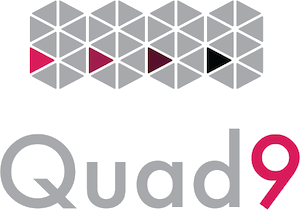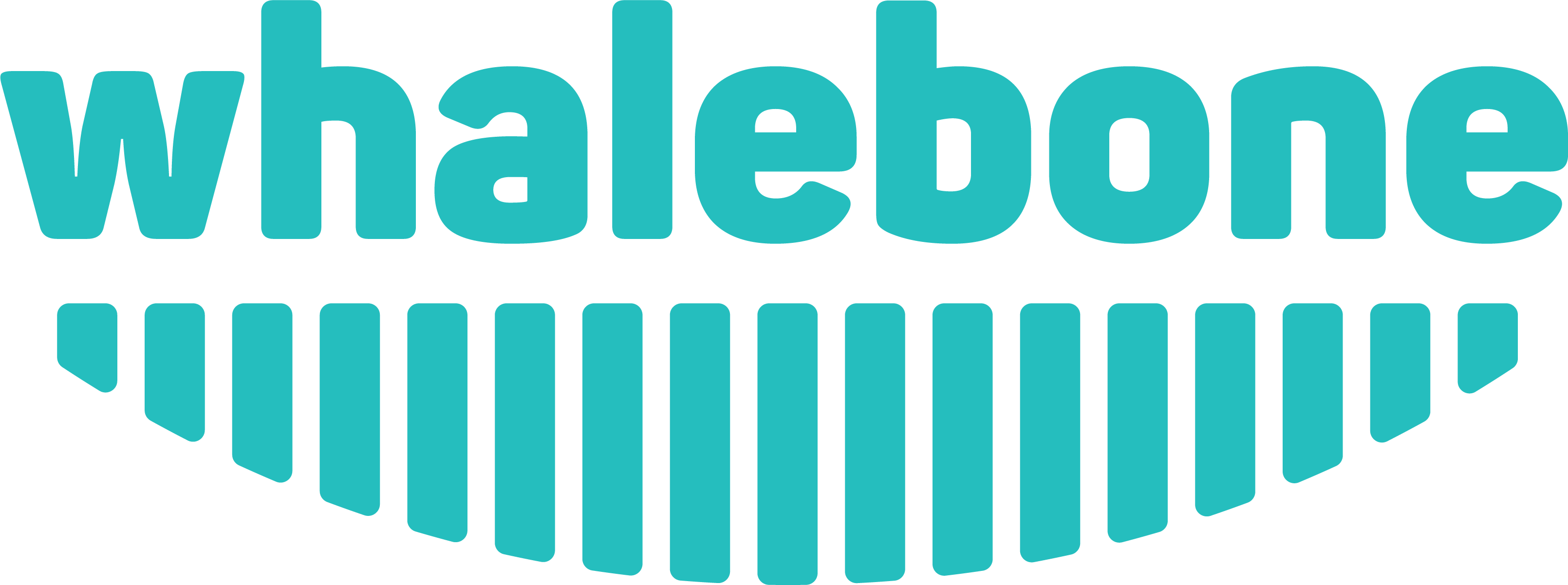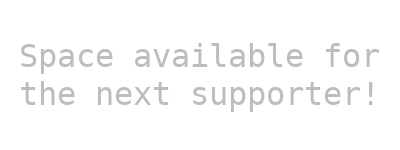Contents
- What’s next?
- DNS Flag Day 2020
- Who’s behind DNS Flag Day?
- Get in touch
- Supporters
- FAQ
- Previous DNS Flag Days
What’s next?
The next DNS Flag Day is scheduled for 2020-10-01. It focuses on the operational and security problems in DNS caused by Internet Protocol packet fragmentation.
On this page you can find comprehensive description of the problem, technical changes planned for 2020-10-01, and ways to test your systems before the set date.
You can also subscribe to the dns-announce mailing list or follow @dnsflagday on Twitter to receive a notification about significant changes.
The exact date
2020-10-01 (October 1st 2020)
DNS Flag Day 2020
The DNS community has been discussing persistent interoperability and performance issues with the DNS system on industry mailing lists and at conferences such as DNS-OARC 30 panel discussion (video, slides).
The proposed plan for DNS Flag Day 2020 was announced in October 2019 at RIPE78 by Petr Špaček, CZ.NIC and Ondřej Surý, ISC (video, slides). This year, we are focusing on problems with IP fragmentation of DNS packets.
IP fragmentation is unreliable on the Internet today, and can cause transmission failures when large DNS messages are sent via UDP. Even when fragmentation does work, it may not be secure; it is theoretically possible to spoof parts of a fragmented DNS message, without easy detection at the receiving end.
- Bonica R. et al, “IP Fragmentation Considered Fragile”, Work in Progress, July 2018
- Huston G., “IPv6, Large UDP Packets and the DNS”, August 2017
- Fujiwara K., “Measures against cache poisoning attacks using IP fragmentation in DNS”, May 2019
- Fujiwara K. et al, “Avoid IP fragmentation in DNS”, September 2019
Recently, there was an paper and presentation Defragmenting DNS - Determining the optimal maximum UDP response size for DNS by Axel Koolhaas, and Tjeerd Slokker in collaboration with NLnet Labs that explored the real world data using the RIPE Atlas probes and the researchers suggested different values for IPv4 and IPv6 and in different scenarios. This is practical for the server operators that know their environment, and the defaults in the DNS software should reflect the minimum safe size which is 1232.
These issues can be addressed by a) configuring servers to limit DNS messages sent over UDP to a size that will not trigger fragmentation on typical network links, and b) ensuring that DNS servers can switch from UDP to TCP when a DNS response is too big to fit in this limited buffer size.
Message Size Considerations
The optimum DNS message size to avoid IP fragmentation while minimizaing the use of TCP will depend on the Maximum Transmission Unit (MTU) of the physical network links connecting two network endpoints. Unfortunately, there is not yet a standard mechanism for DNS server implementors to access this information. Until such a standard exists, we recommend that the EDNS buffer size should, by default, be set to a value small enough to avoid fragmentation on the majority of network links in use today.
An EDNS buffer size of 1232 bytes will avoid fragmentation on nearly all current networks. This is based on an MTU of 1280, which is required by the IPv6 specification, minus 48 bytes for the IPv6 and UDP headers and the aforementioned research.
Note that this recomendation is for a default value, to be used when better information is not available. Operators may still configure larger values if their networks support larger data frames and they are certain there is no risk of IP fragmentation. DNS server vendors may use higher (or lower) packet sizes if better information about the MTU is available from the kernel.
Action: Authoritative DNS Operators
If you are an authoritative DNS server operator, what you should do to help with these issues is ensure that your DNS servers can answer DNS queries over TCP (port 53). Check your firewall(s) as well, as some of them block TCP/53.
You should also configure your servers to negotiate an EDNS buffer size that will not cause fragmentation. The value recommended here is 1232 bytes.
Authoritative DNS servers MUST NOT send answers larger than the requested EDNS buffer size!
You can now check your servers by entering your domain name below and
pressing “Test!”. This tester uses
ISC’s EDNS Compliance Tester and will
check that its edns512tcp test is successful, among other tests for
general standards compliance.
Action: DNS Resolver Operators
Requrirements on the resolver side are more or less the same as for authoritative: ensure that your servers can answer DNS queries over TCP (port 53), and configure an EDNS buffer size of 1232 bytes to avoid fragmentation. Remember to check your firewall(s) for problems with DNS over TCP!
Most importantly: Resolvers MUST resend queries over TCP if they receive a truncated UDP response (with TC=1 set)!
NEW! This checker will test your browser, system and ISP’s resolver by loading an image on a specific URL that can only be looked up if there is support for TCP at the last resolver querying the authority. For more information, go to Check My DNS which this checker uses.
Action: DNS Software Vendors
It is important for DNS software vendors to comply with DNS standards, and to use a default EDNS buffer size (1232 bytes) that will not cause fragmentation on typical network links.
Relevant standards include RFC 7766, RFC 6891 section 6.2.3. and RFC 6891 section 6.2.4..
The motivation for this effort is described in IETF draft intarea-frag-fragile section 6.1 and IETF draft iab-protocol-maintenance.
How to test?
If you’re the owner of a domain or the operator of an authoritative DNS server, you can use our web-based testing tool to check your domains; you can find it above under Action: Authoritative DNS Operators.
Our web-based testing tool for clients and DNS resolver operators can be found above under Action: DNS Resolver Operators.
You can also test by using the following CLI commands:
$ dig +tcp @auth_IP yourdomain.example.
$ dig +tcp @resolver_IP yourdomain.example.
$ dig @resolver_IP test.knot-resolver.cz. TXT
All DNS queries must be successful, and commands should return the same
results both with and without the +tcp option.
If you are a service provider, you can test your authoritative and recursive DNS services by configuring the default EDNS buffer size:
- BIND
options { edns-udp-size 1232; max-udp-size 1232; }; - Knot DNS
server: max-udp-payload: 1232 - Knot Resolver
net.bufsize(1232) - PowerDNS Authoritative
udp-truncation-threshold=1232 - PowerDNS Recursor
edns-outgoing-bufsize=1232 udp-truncation-threshold=1232 - Unbound
server: edns-buffer-size: 1232 - NSD
server: ipv4-edns-size: 1232 ipv6-edns-size: 1232
The configuration above will have no visible effect if everything works correctly. Some queries will fail to resolve if the TCP transport is not available.
Who’s behind DNS Flag Day?
The DNS Flag Day effort is community driven by DNS software and service providers, and supported by The DNS Operations, Analysis, and Research Center (DNS-OARC) which most in the community are members of.
If you have technical questions about DNS Flag Day, you can join the DNS-operations mailing list and ask them there.
Get in touch
For press & media inquiries please use media (at) dns-oarc.net and please put “DNS Flag Day” in the email subject line.
- Web: https://dnsflagday.net/
- Twitter: https://twitter.com/dnsflagday
- Announcements: https://lists.dns-oarc.net/mailman/listinfo/dns-announce
- Discussion: https://lists.dns-oarc.net/mailman/listinfo/dns-operations
Supporters
FAQ
-
Q: TL;DR RFC 7766
A: DNS MUST work over TCP!
-
Q: Is DNS over UDP dead?
A: No, DNS over UDP will still be the primary mode of transmission, as it is massively scalable, very resource-efficient, and fault-tolerant.
-
Q: Will everything break on 2020-10-01?
A: No! Latest measurements shown that only a tiny percentage of sites will be affected. On the flag day software vendors will change their default behavior in new software releases so that the default message size used over UDP will be 1232 bytes. As these new releases are deployed, sites that return DNS responses larger than 1232 bytes, but which cannot answer DNS queries via TCP, may fail to resolve. Note that these sites are already unreliable today.
-
Q: Why is TCP support so important?
A: Blocking TCP, or failure to support TCP, may result in resolution failure and application-level timeouts.
Furthermore, TCP normally implements Path MTU Discovery and can avoid IP fragmentation of TCP segments. It also makes it harder to spoof DNS responses.
TCP support was recommended in the earliest DNS standard specifications. Some implementers may have taken that to mean TCP was optional, and so in August 2010 RFC 5966 made it clear that TCP support is absolutely required for compliance with the Internet standards for DNS.
-
Q: Why not just switch to TCP only?
A: DNS over UDP is fine for small packets that do not require IP fragmentation. It can still be used for that class of DNS messages, which is the majority of DNS traffic. Switching everything over to TCP may cause stress on DNS services. While in principle DNS over TCP only should be feasible, it is slower than DNS over UDP by at least a factor of 4 (based on Baptiste Jonglez work presented at RIPE76), and it may limit the number of connections a DNS server can accept simultaneously.
-
Q: What if we want to use bigger packet sizes in the future?
A: Our goal is simply to avoid IP fragmentation by choosing a default EDNS buffer size that will work well on typical networks today. This is not a permanent change to any DNS specification. Default values can always be overridden locally if better information is avaialble. If a standard method for retrieving MTU data from the kernel becomes available, that can be used as well.
-
Q: Will DNS Flag Day 2020 require a software update?
A: In most cases, no. DNS software which follows published standards does not require upgrade and will continue to work. All supported versions of major open source DNS servers work correctly now and will continue to do so. They can all be configured to use the recommended EDNS buffer sizes, even if they have not yet been updated to use those sizes by default.
Whether a particular deployment is compliant depends on the way the software is configured, and on the firewall configuration used at that site. Less commonly-used and custom or proprietary DNS software may not be compliant, and may require updates.
-
Q: Is the requirement for DNS over TCP actually a DNS standard?
A: Yes, it is. The RFC 1035 Section 4.2 Transport explicitly lists UDP and TCP transports as equals. Furthermore, RFC 7766 makes the requirement for DNS over TCP mandatory to implement for DNS vendors. While it’s at operator’s discretion to allow traffic on the TCP port 53, the inability to respond over TCP might lead to resolution failure in case of DNS answers bigger than EDNS buffer size chose at the client side.
-
Q: I want to support DNS Flag Day 2020, what do I do?
A: Great to hear! You can add yourself as a supporter by making a pull request and add name, image and URL to
_data/2020_supporters.yml, or make an issue and supply the same information in that.
Previous DNS Flag Days
Here is a list of the previous DNS Flag Days:
The 2019 DNS Flag Day was a very successful event. The Internet community worked together and fixed problems which were causing delays and other problems for Internet users worldwide. We would like to thank all operators who cooperated and helped to make Internet a better place.
Summary of the past and future DNS Flag Days can be found e.g. in https://youtu.be/mH_elg9EUWw?t=649.











